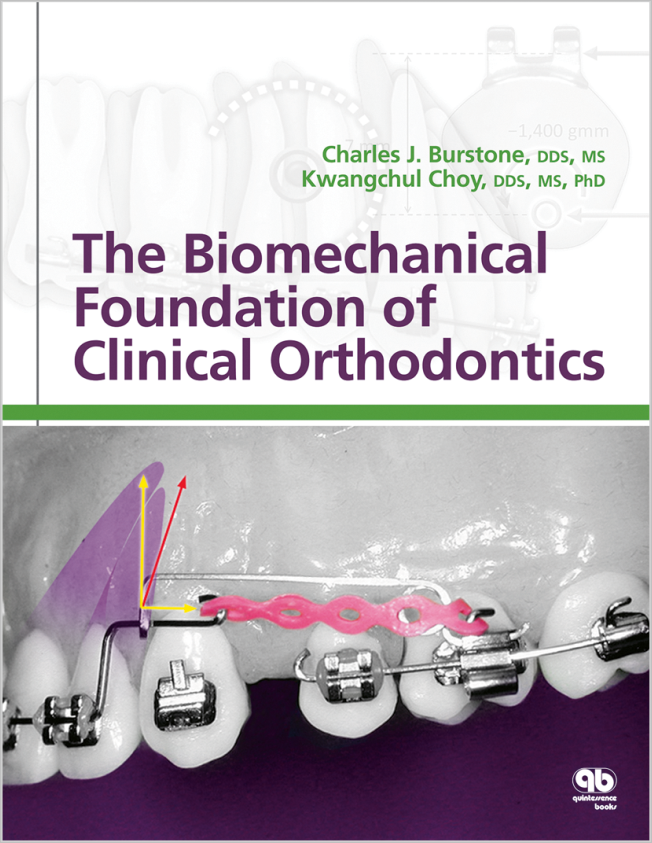All orthodontic treatment modalities can be improved by the application of sound biomechanics, yet most orthodontic therapy today is delivered without consideration of forces or force systems. Orthodontic hardware itself is only a means to an end point, such as tooth alignment, bone remodeling, or growth modification; the orthodontist can achieve these goals only by manipulating forces, regardless of the techniques used. Written by a world-renowned authority on the subject, this book teaches biomechanics in an easy-to-understand and engaging way, using universal examples outside orthodontics to illustrate basic force systems and how they function and then applying these principles to the practice of clinical orthodontics. The authors cover all of the force systems an orthodontist needs to understand to deliver effective treatment, explaining how each can be controlled and manipulated and demonstrating the forces at work through highly instructive 3D illustrations. Most chapters conclude with the presentation of several study problems, allowing the reader an opportunity to practice developing treatment plans using the biomechanical concepts discussed in each chapter. (Answers are provided at the end of the book.) This book is sure to be an instant classic.
Contents
Part I. The Basics and Single-Force Applications
Chapter 01. Why We Need Biomechanics
Chapter 02. Concurrent Forces Systems
Chapter 03. Nonconcurrent Force Systems and Forces on a Free Body
Chapter 04. Headgear
Chapter 05. The Creative Use of Maxillomandibular Elastics
Chapter 06. Single Forces and Deep Bite Correction by Intrusion
Chapter 07. Deep Overbite Correction by Posterior Extrusion
Chapter 08. Equilibrium
Part II. The Biomechanics of Tooth Movement
Chapter 09. The Biomechanics of Altering Tooth Position
Chapter 10. 3D Concepts in Tooth Movement
Chapter 11. Orthodontic Anchorage
Chapter 12. Stress, Strain, and the Biological Response
Part III. Advanced Appliance Therapy
Chapter 13. Lingual Arches
Chapter 14. Extraction Therapies and Space Closure
Chapter 15. Forces From Wires and Brackets
Chapter 16. Statically Determinate Appliances and Creative Mechanics
Chapter 17. Biomechanics and Treatment of Dentofacial Deformity
Chapter 18. The Biomechanics of Miniscrews: From Single-Tooth Control to Total-Arch Movement
Part IV. Advanced Mechanics of Materials
Chapter 19. The Role of Friction in Orthodontic Appliances
Chapter 20. Properties and Structures of Orthodontic Wire Materials
Chapter 21. How to Select an Archwire














